
In the fall, many of us at Big Bend Landscaping enjoy sitting in our backyards in front of our fire pits with something hot to drink in our hand while visiting with our family and friends. It is a great time to depressurize and just enjoy everything we’ve worked so hard for. The leaves are turning, we’re pulling out hoodies and sweaters, and pumpkin spice is in the air. Seriously, it’s in everything, whether we want it or not. But we digress.
Our fire pits are the most customizable outdoor living feature we offer. And it’s one of our favorites because it’s easy to personalize it for the individual customers. We’ve built them for restaurants, resorts, Airbnbs, families, and individuals. If you enjoy entertaining on a large scale, we can accommodate you with one of our bigger fire pits surrounded by seating walls. If you prefer a smaller, more intimate setting, we can build that for you too. Fire pits work in most outdoor areas, from the smallest yards to the largest outdoor living spaces.
Because we are certified to work with the best paver companies on the market, we are able to customize the appearance of your fire pit without any concern for the quality. And they come with lifetime guarantees, so in the unlikely event that one of the pavers cracks, it will be replaced at no cost. Whether you want a fire pit for your backyard or your vacation cabin, we’ve got you covered. The only limits are your imagination and the laws of physics (and safety).
The type of fuel you choose for your fire pit matters a great deal and is dependent on your preferences and the availability of the sources you choose. We offer three types of fuel—wood, propane, and natural gas. Each works a little differently.

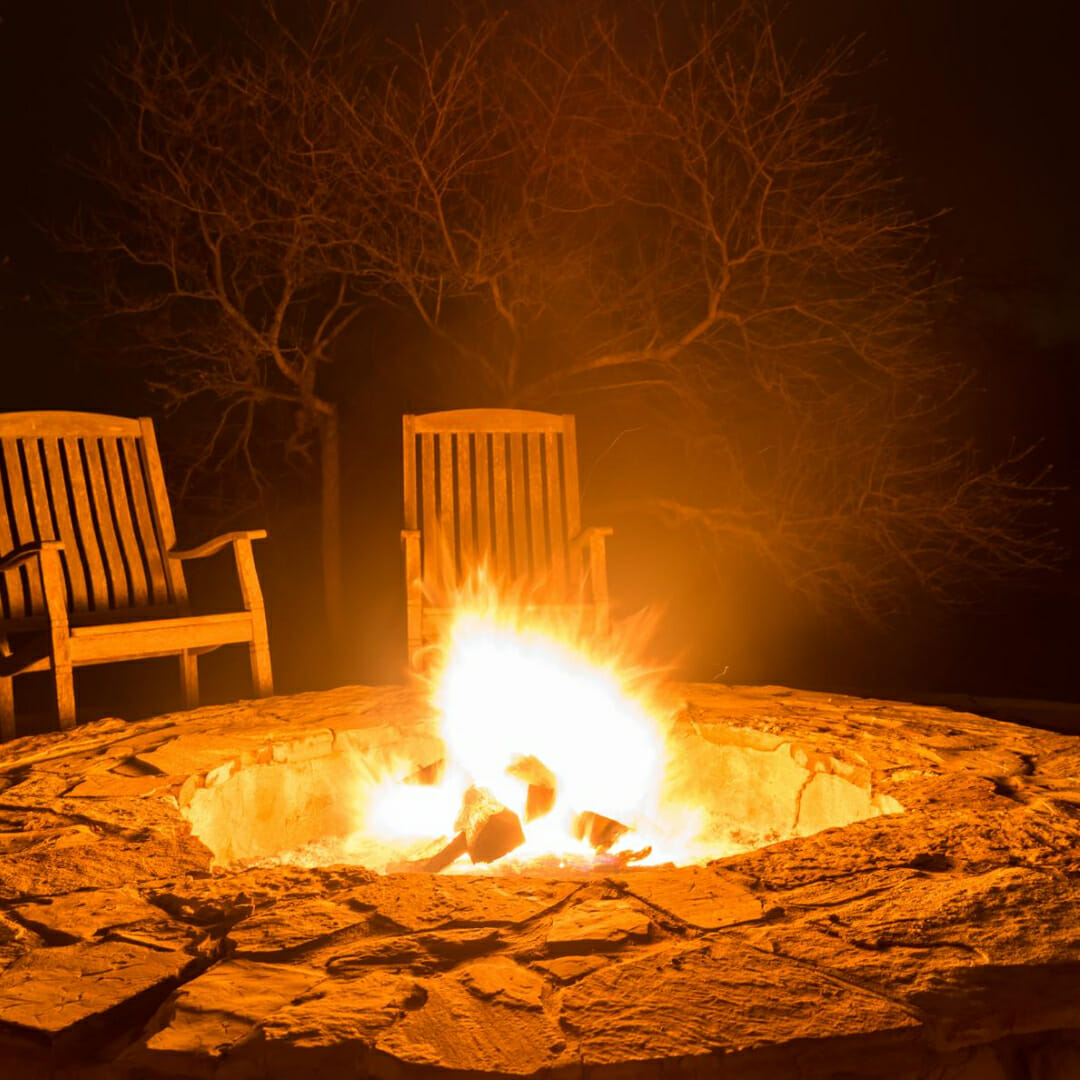
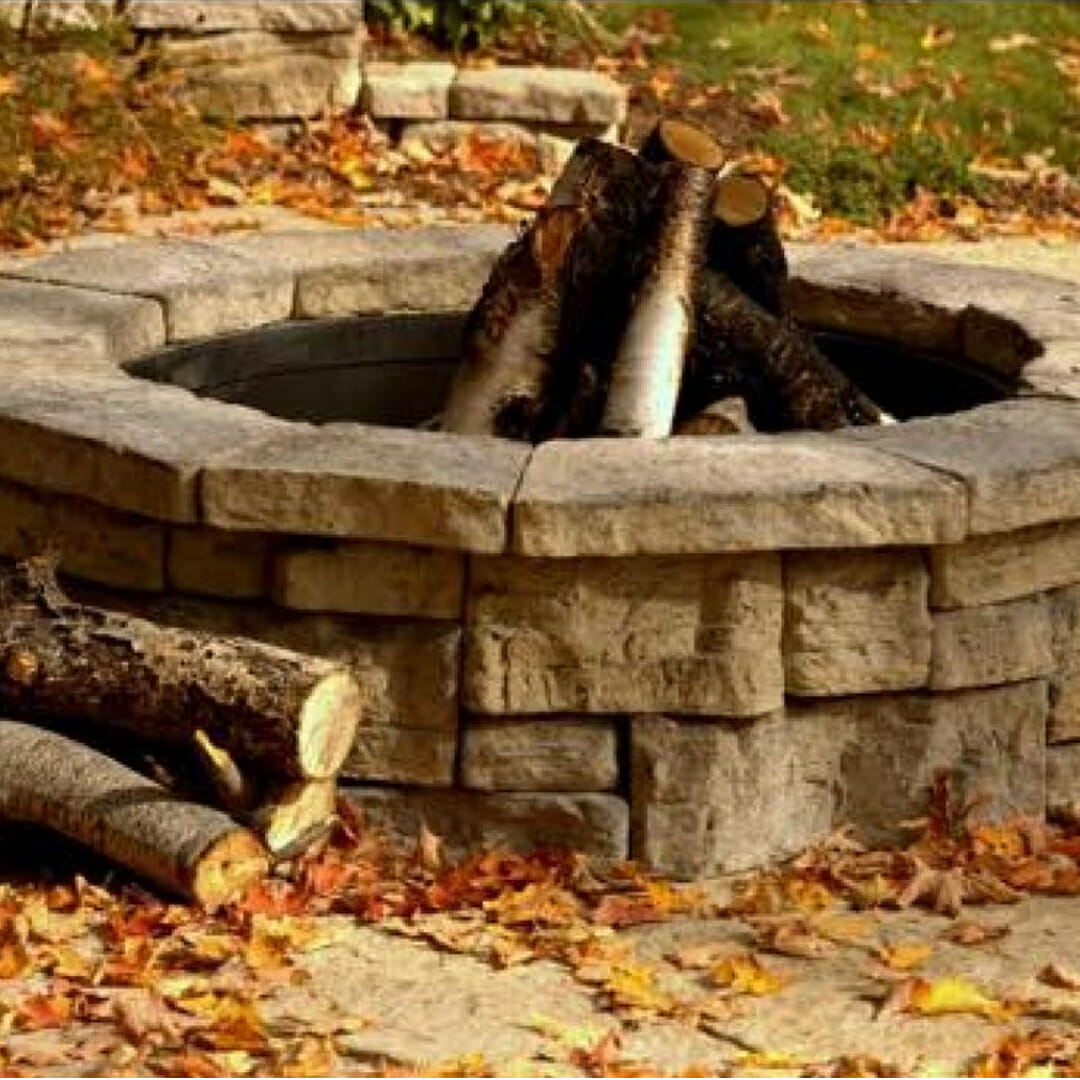
How Do Wood Burning Fire Pits Work
All fire pits work on the same principles: There must be an uninterrupted source of fuel, heat, and oxygen. The fuel source may vary, but oxygen and heat are constants.
If you’ve ever built a campfire, you can build a fire in a fire pit. And if you haven’t, begin with kindling—which can be small, dry sticks and paper, and a lighter or matches—adding larger and larger pieces of wood as the fire stabilizes. Too much fuel too soon deprives the fire of oxygen and heat. Some people build a small a-frame or teepee or a “log cabin-style” frame. As long as there is enough room for the fuel to catch at each stage, with enough oxygen, and heat, this works too.
Wood-burning fire pits have a lot to recommend them.
The pros:
- Just the process of building a fire is comforting. It’s a comforting, primal sensation, reminding us that we are capable of doing what needs doing, no matter what. And there’s just no replacement for the crackling of a wood burning fire.
- As long as you have access to wood—whether on your own property or via a supplier — wood is inexpensive fuel.
- It can double as a grill for recreational purposes. And it’s great for cooking marshmallows over with the kids.
- Wood burning fire pits are a safe teaching tool if you want to show children or inexperienced adults how to build a fire.
- Need to burn some deadfall or a small amount of autumn leaves? Your wood burning fire pit is a great way to combine outside chores with a pleasant fire.
- They are great in an emergency, such as loss of power.
But there are cons to consider too.
The cons:
- Wood should be stored in a dry, contained space if you want it to be available for ready use. An out-building or storage bin will work. Though many people do it this way, simply covering it with a tarp can present problems, especially in a rural environment, including attracting rodents and snakes and insects.
- The wood burning fire pit must be cleaned out regularly, so it remains usable. And it should be covered when not in use to avoid rust.

How Do Propane Fire Pits Work
As you probably guessed from the name, propane fire pits work with propane. The propane fire pit area is called “the housing.” This contains a gas line from a propane tank and just above it is a heat-resistant bowl. Just below the center of the bowl there is a burner or burners, depending on the size of the fire pit. The burners connect to a tank via the gas line underneath. The bowl can contain heat-resistant artificial coal or logs to hide the burners.
Our propane fire pits have an automatic ignition switch to turn on the fire. You may use different propane tank sizes, depending on the size and output of your fireplace. The most common size is a 20 lb. tank, but you can also use tank sizes ranging from 33 to a 100 lbs.
If you want a fire pit without the inconvenience of clean up or worrying about storing wood. A propane fire pit may be for you. Like everything, there are pros and cons.
The pros
- Propane is clean. Occasionally wiping out the bowl and keeping it covered between uses is all that’s needed to maintain a propane fire pit.
- Fuel is easily purchased from suppliers in various sizes.
- Learning to use a propane fire pit is as simple as turning knobs until you’ve found the size flame you want. And when you’re done, you just have to turn it off.
- It is an attractive choice for people who want the experience of a fire without the hassle.
The cons
- The price of propane, much like gasoline, varies from year to year and depends on supply and demand.
- You cannot cook over a propane fire pit without risking damage to the elements.
- The parts need maintenance and should be checked regularly for leakage and wear.
- Tanks should be stored carefully away from the house and regularly checked for leakage. Though this isn’t a common occurrence, it does occasionally happen.
- It does not burn as warmly as a wood burning fire pit.
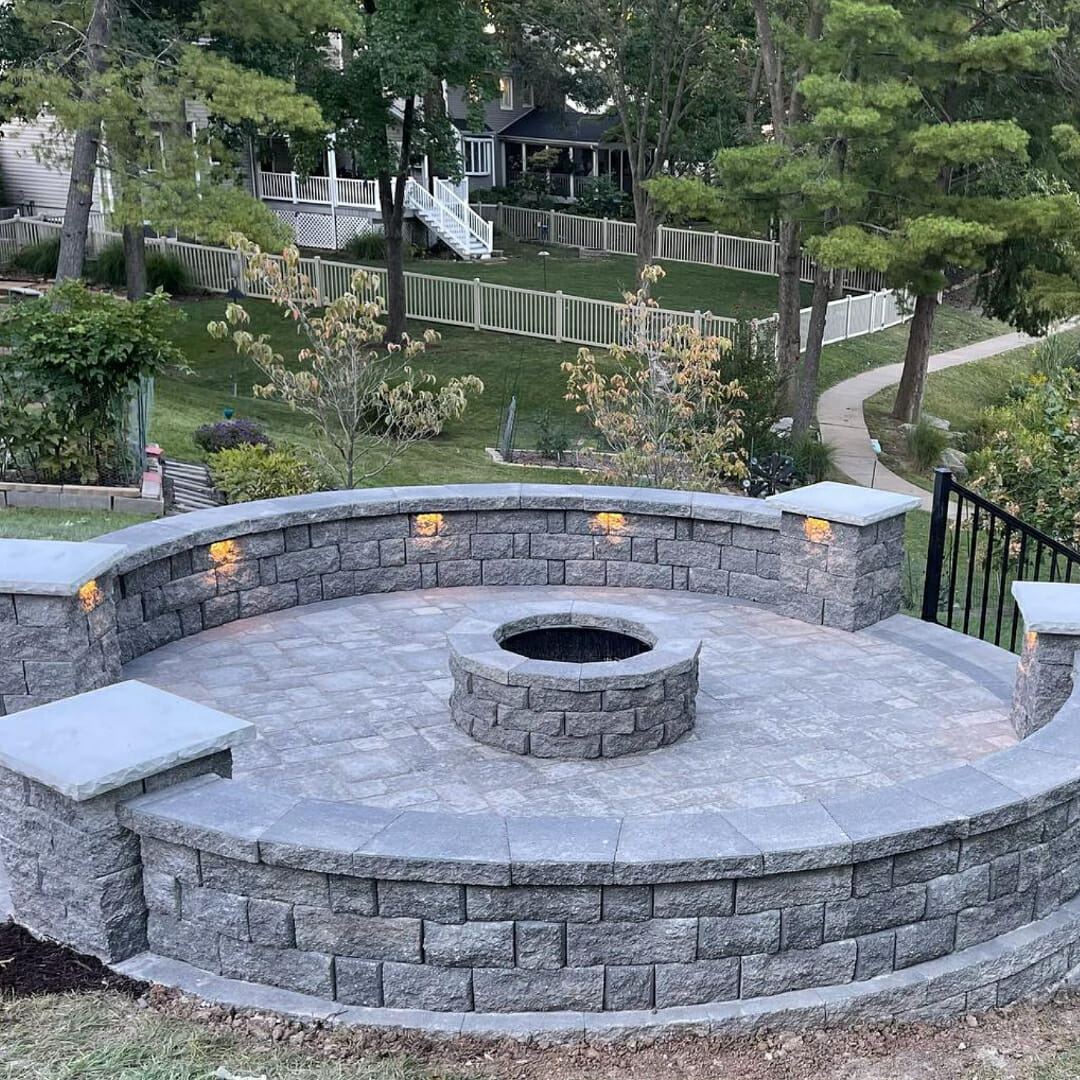
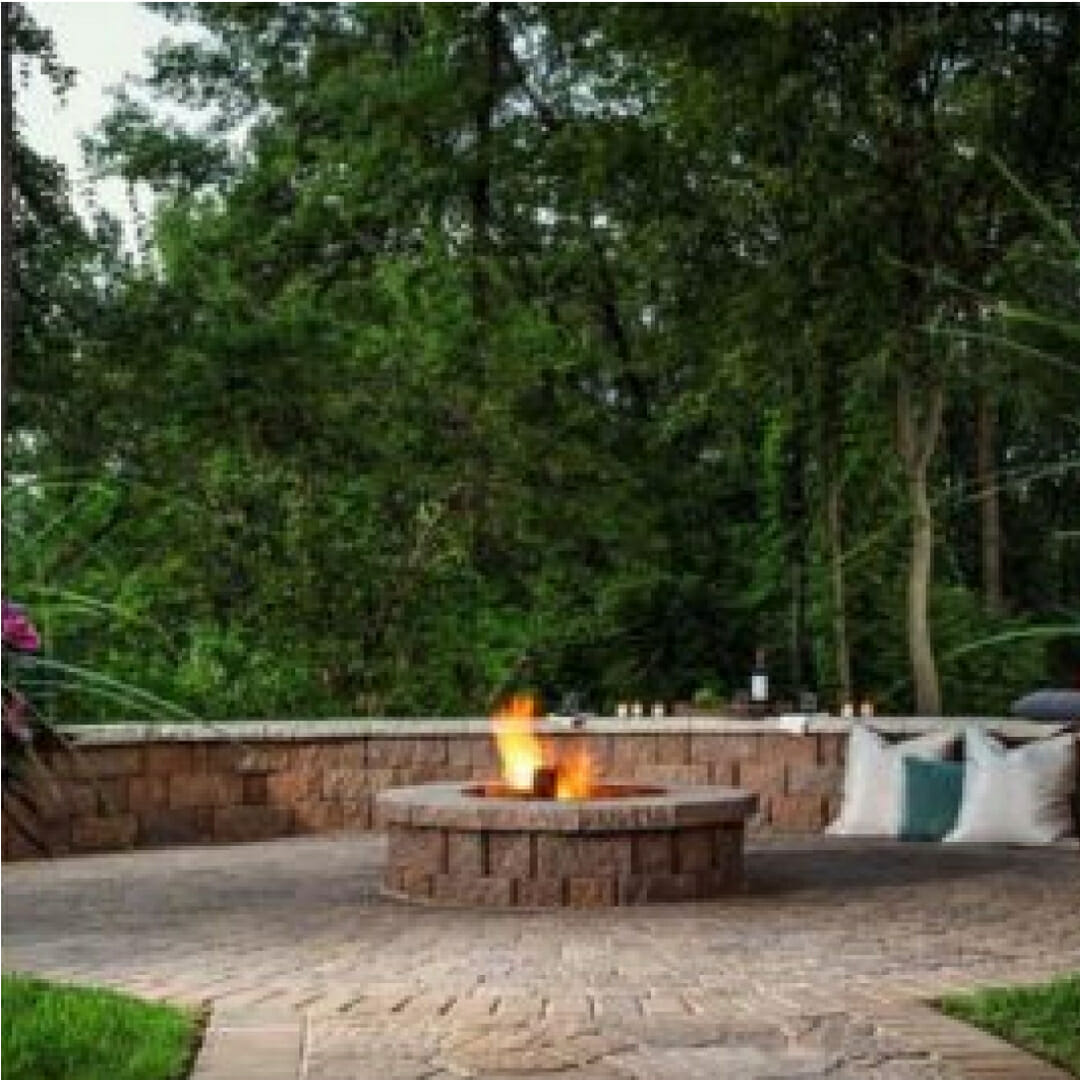
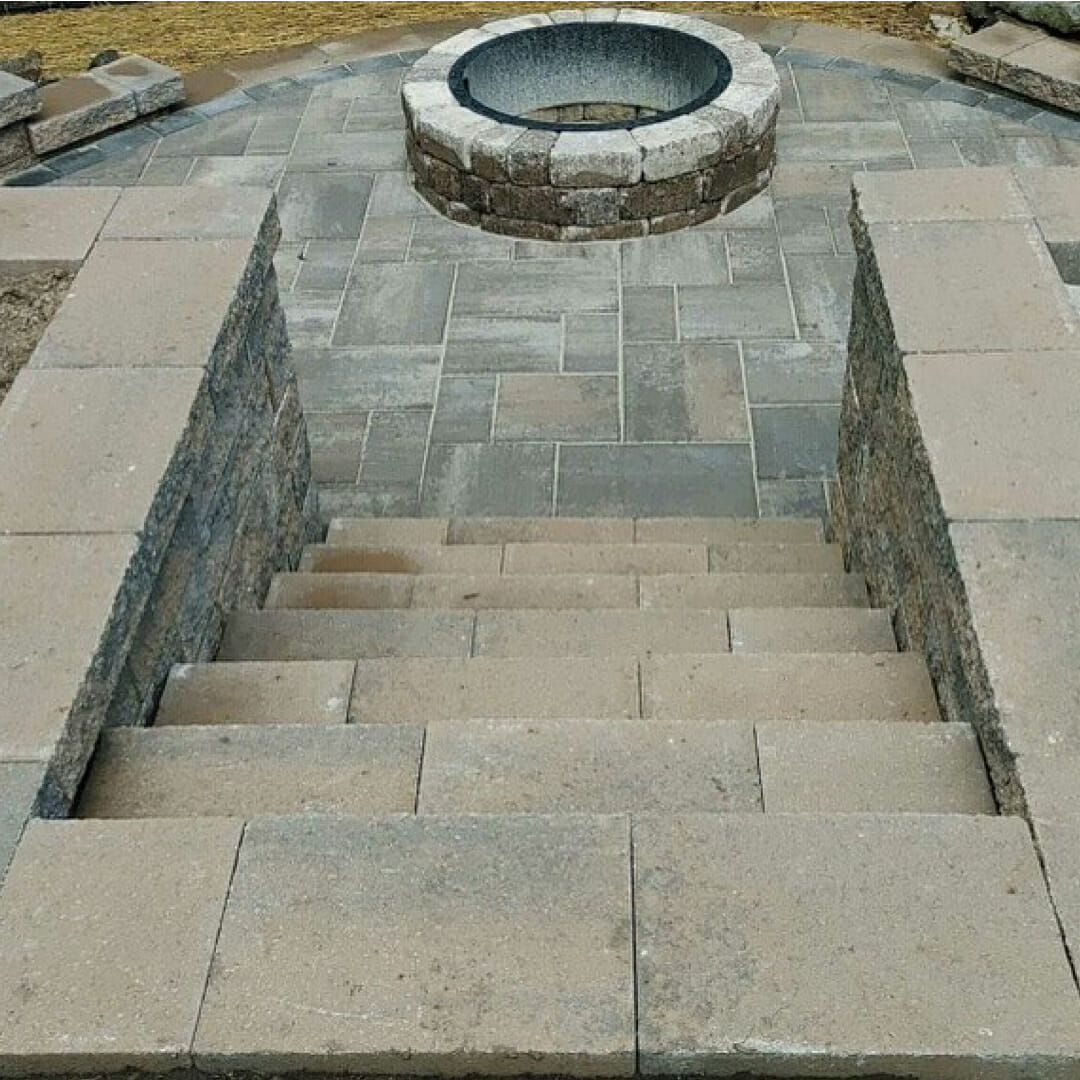
How Do Natural Gas Fire Pits Work?
If you already have natural gas in your home, then a natural gas fire pit may be for you. Similar to propane, it relies on a fuel source outside the fire pit itself. But instead of a propane tank, these fire pits work with natural gas lines attached to your home.
Much like propane, you can hide the burners with imitation logs or charcoal. The fires are larger and warmer than propane fire pits and cleaner than wood, making them an attractive alternative.
The pros
- If you already have natural gas coming to your home, a natural gas fire pit may be a great addition to your outdoor living area.
- It is as easy as turning a knob when you want a fire. And just as easy to turn it off when you don’t.
- Natural gas is inexpensive and constant. You don’t have empty tanks to contend with. Nor do you have to store extra fuel anywhere. It’s already there.
- Natural gas yields a large, warm fire, though not as warm as a wood burning fire.
The cons
- You will need a professional to install a natural gas line from your home to the fire pit. This can be expensive, but may be worth it when you consider the pros.
- Like the propane fire pit, you cannot cook over a natural gas fire pit without risking your elements.
- The fire pit can’t be moved once it’s set up without a great deal of expense. So you’ll need to be completely sure you like its location, because it’s going to be there for a long time.
- The maintenance is the same as with propane. You’ll need to check the burners and connections regularly for wear and tear. When you spot a problem, you will need to hire a professional to come in and address it.
Ready For Your Own Fire Pit?
Now that you know how fire pits work, you probably want more information. You’ve come to the right place! There’s never been a better time to call Big Bend Landscaping to talk with us about fire pits and the type that works best for you. Fire Pit installations are a big part of what we do. We can help you create something special that you’ll enjoy for years to come. Just give us a call.
Our company has over 60 five-star reviews on Google and an A+ rating with the BBB. We are experts in our field and we make sure our crews are too! Our crews have a Level 1 Certification from the National Concrete and Masonry Association. Check out our testimonials to see what our customers want you to know. We serve St. Louis metro, Kirkwood, Webster Groves, Glendale, Ballwin, Chesterfield, Des Peres, Fenton and the outlying areas.
When we come out to visit with you, we will ask you questions and provide a CAD drawing to ensure that our vision matches yours. From the time you say yes, we handle everything—from permits to subcontractors, if needed — all you have to do is sit back and watch. Our crews are on time—every-time—and you can count on quality workmanship. We only use the best materials from companies that offer lifetime guarantees.
Big Bend Landscaping knows how to help you make the most of your home and yard. When you’re ready to talk about your patio, walkway, or any other outdoor feature, check out our website for more details and contact us for more information!
